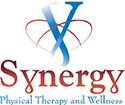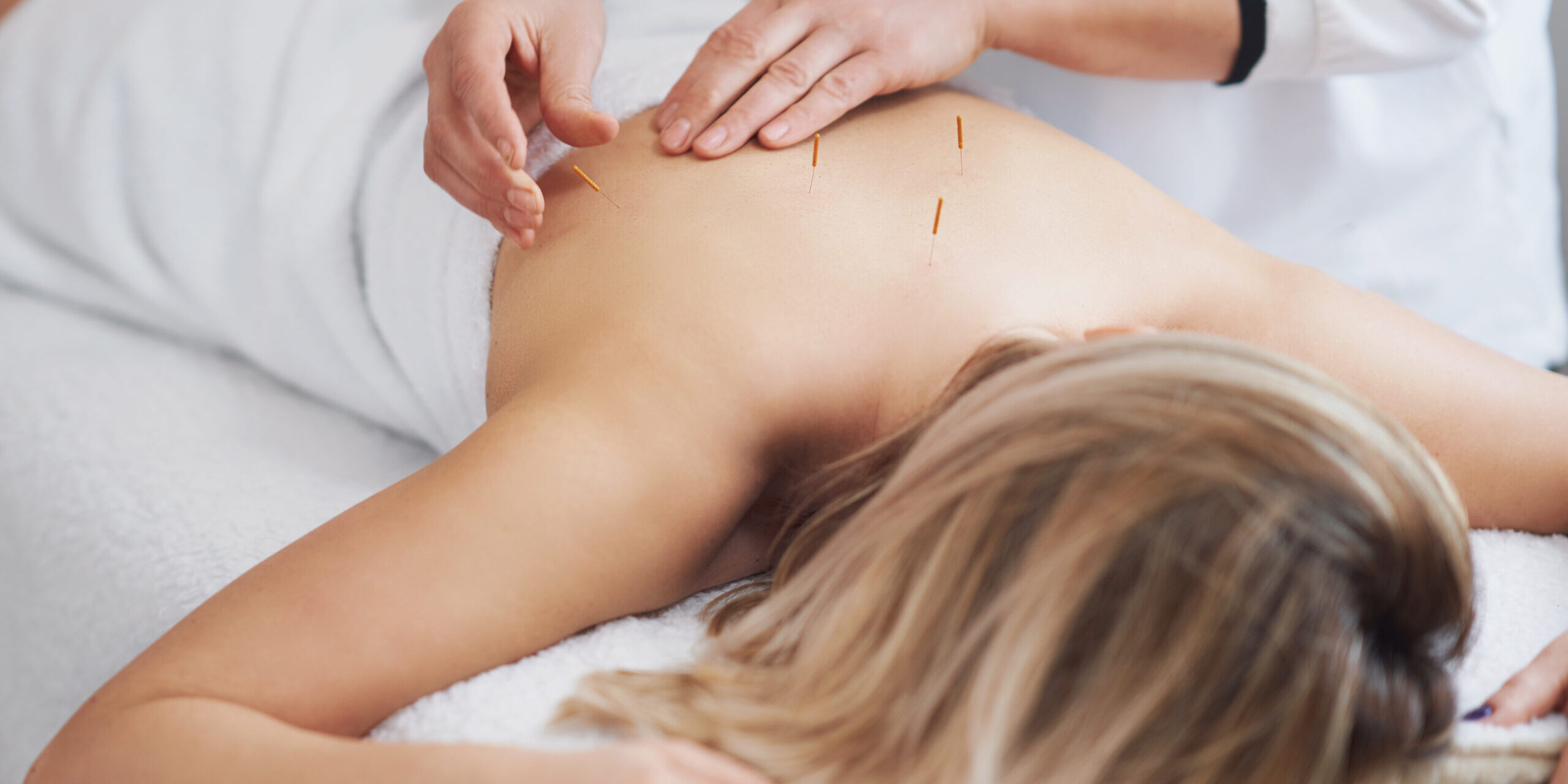In today’s rapidly expanding realm of therapeutic techniques, two often-confused treatments are dry needling and acupuncture. While both employ slender, sterile needles inserted into the body, their origins, intentions, and methodologies diverge significantly.
Dry Needling, a modern intervention rooted in Western medicine, targets specific trigger points in muscles to alleviate pain, improve range of motion, and stimulate healing. By inserting needles into these taut bands of muscle known as “trigger points,” practitioners can elicit a twitch response, leading to muscle relaxation and pain relief.
Acupuncture, on the other hand, is an ancient Chinese practice that seeks to balance the body’s energy or ‘Qi.’ Its methodology involves placing needles at specific points along meridians, which are believed to be energy channels running throughout the body. The primary objective is to restore energy balance and promote holistic well-being.
Historically, while acupuncture traces back thousands of years as an integral facet of Traditional Chinese Medicine, dry needling is a more recent development, emerging prominently in the latter half of the 20th century.
Comparing the two serves an essential purpose. While both are needle-based therapies recognized for pain management, understanding their distinctions is critical for those considering treatment options and healthcare professionals recommending them.
The main similarities include:
- Utilization of Needles: Both employ thin, sterile needles, but the intention behind the needle insertion varies.
- Pain Management: Each can be used to manage and alleviate pain, though through different mechanisms—dry needling through direct interaction with muscles and acupuncture through energy balance.
- Commonly Confused Techniques: Due to the superficial resemblance of using needles, many often misinterpret one for the other. However, their differences in philosophy, technique, and purpose are profound.
In conclusion, while dry needling and acupuncture share some parallels, they are distinct treatments offering unique benefits. A clear understanding helps patients make informed decisions tailored to their therapeutic needs.
Dry Needling vs. Acupuncture: Techniques, Procedures, Goals, and Applications
Delving deeper into the intricacies of dry needling and acupuncture, it becomes evident that their underlying principles, techniques, and objectives diverge significantly, even if they share some superficial similarities.
Techniques and Procedures
- Acupuncture:
Originating from Traditional Chinese Medicine, acupuncture has been practiced for thousands of years. Its core belief revolves around the Meridian System—invisible channels throughout the body where energy, or Qi, flows. Practitioners select specific points on these meridians to insert very fine, sterile needles. This action aims to stimulate, redirect, or balance the energy flow. The patient’s symptoms and the desired outcome often dictate the choice of points and the types of needles and techniques used.
- Dry Needling:
In stark contrast, dry needling finds its roots in Western Medicine. Its primary target is myofascial trigger points—tight knots within muscle fibers that can cause pain. The procedure involves inserting and manipulating needles into these trigger points, eliciting a twitch response. This technique, primarily focused on musculoskeletal conditions, aims to release tension, alleviate pain, and improve range of motion.
Goals and Applications
- Acupuncture:
Acupuncture primarily seeks to balance the Qi or energy flow within the body. By harmonizing this flow, it purports to treat various medical conditions, from digestive disorders to migraines. Furthermore, many people turn to acupuncture for its overall wellness focus, seeking general well-being, relaxation, and preventive care.
- Dry Needling:
Dry needling is more specialized in its approach. It’s directed towards relieving muscle tension and specifically treating musculoskeletal pain. Recently, its applications have expanded into sports medicine, aiding athletes in recovery and performance enhancement.
While both therapies involve needle insertions, their philosophical origins, techniques, and objectives differ. This understanding allows individuals to make informed decisions tailored to their therapeutic needs.
Effectiveness and Safety of Dry Needling vs. Acupuncture
Dry needling and acupuncture have emerged as potential options in the quest for alternative pain relief methods. But how do they fare regarding effectiveness, evidence, and safety?
Effectiveness and Evidence
- Clinical Studies and Research:
Acupuncture, rooted in ancient Chinese medicine, boasts centuries of anecdotal evidence. Though not universally conclusive, modern clinical studies have found it effective for conditions like migraines and chronic pain. Dry needling, a more recent intervention, has gained traction in studies indicating its efficacy in alleviating myofascial pain.
- Comparative Effectiveness:
When pitted against each other, the effectiveness of acupuncture versus dry needling often depends on the condition being treated. Some patients find relief through one method and not the other, emphasizing the individualistic nature of therapy.
- Controversies and Misconceptions:
Detractors of both techniques point to a potential placebo effect or criticize the lack of extensive controlled trials. However, many patients and practitioners attest to the genuine benefits they’ve experienced or witnessed.
Safety Considerations
- Risks and Side Effects:
Both treatments carry some risks, albeit minimal, when performed by trained professionals. Acupuncture might lead to minor bleeding or bruising. Dry needling could result in muscle soreness post-treatment.
- Precautions:
It’s paramount that sterile, single-use needles are employed to minimize infection risks. For both therapies, patients should ensure certified professionals treat them with substantial experience.
- Patient Considerations:
Before undergoing either treatment, patients should disclose their entire medical history. Those with bleeding disorders or who are pregnant should approach these treatments with added caution. Always consider personal comfort and trust in the practitioner; if a method feels wrong, it’s vital to voice concerns or seek alternatives.
Dry needling and acupuncture offer potential pain relief benefits; weighing the evidence and safety considerations is essential. Both have proven effective for many, but they require a personalized and cautious approach like all treatments.
Choosing Between Dry Needling and Acupuncture
- Patient Goals and Preferences:
The decision often starts with individual objectives. Those seeking holistic balance gravitate towards acupuncture, while those aiming for localized pain relief consider dry needling. Personal comfort and trust in a technique are paramount.
- Medical History:
Certain conditions might render one therapy more suitable than the other. For example, someone with an extensive history of muscular pain might benefit more from dry needling, whereas someone with chronic conditions like migraines might prefer acupuncture.
- Provider Experience and Credentials:
Always ensure the chosen practitioner has the necessary certifications and a track record of success in their field. An experienced provider can guide patients toward the therapy best suited for them.
- Cost and Accessibility:
Insurance coverage, location, and session costs can affect the decision-making process. While both therapies are becoming more accessible, some regions may have a higher concentration of either acupuncturists or dry-needling specialists.
Conclusion
While dry needling and acupuncture use needles as a primary tool, their foundational principles, techniques, and objectives differ substantially. Acupuncture aims at holistic balance through energy channels, while dry needling targets localized muscular issues.
Both patients and practitioners must engage in open dialogue, ensuring that the chosen therapy aligns with the patient’s needs, expectations, and comfort levels. With increasing research, both fields continue evolving, refining, and expanding their applications. Innovations in technology and a growing understanding of human physiology promise to enrich these ancient and modern practices.
To wrap up, the choice between dry needling and acupuncture isn’t black and white. It’s a nuanced decision that depends on individual factors, medical advice, and personal research. As always, patient well-being remains at the heart of the decision.








